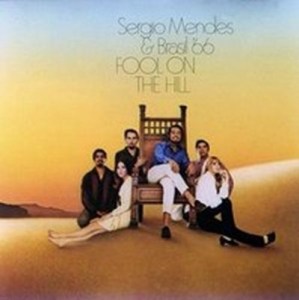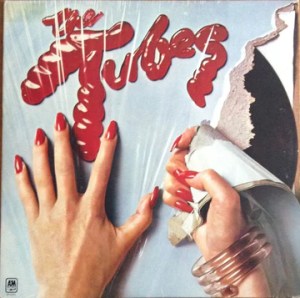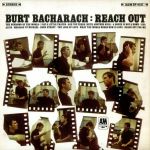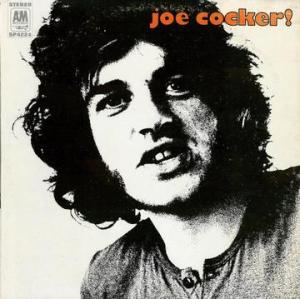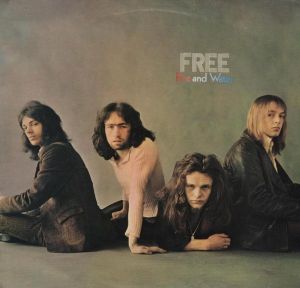More Sergio Mendes
More Bossa Nova
- Boasting two solid Double Plus (A++) or BETTER sides, this outstanding vintage copy will be very hard to beat
- Side two was sonically very close to our Shootout Winner – you will be amazed at how big and rich the sound is
- Side one of this copy is in reverse polarity – for those of you who cannot switch your polarity, not much can be done since all the best side ones, even the supers, were reversed
- The polarity problems are easily recognized when playing the first two tracks – unless you reverse your polarity, the sound is hard and smeary and much of the bass goes missing
- Sergio’s unique rearrangement of two songs in particular here make this a Must Own album: “Scarborough Fair” and the title track
- Top engineers for A&M, Henry Lewy and Larry Levine, capture the natural, breathy intimacy in the voices of the wonderful female leads, Lani Hall, Karen Philipp and Gracinha Leporace
- If you’re a fan of Sergio and the band, this early pressing from 1968 belongs in your collection.
- The complete list of titles from 1968 that we’ve reviewed to date can be found here.
Two songs in particular make this a Must Own album: Scarborough Fair and The Fool On The Hill. Both of them are given wonderfully original treatments. These songs hold their own against the originals, and that’s saying something.
Sergio took on many of the heavyweights of his day, and most of the time he succeeded in producing a uniquely satisfying version of well-known material. Superb original tracks by The Beatles, Simon and Garfunkel, Buffalo Springfield, Joni Mitchell and others were given the Sergio Mendes latin pop treatment and came out much the better for it.
The CD Sucks!
Those of you who have purchased some of their CDs may have noted that they do not sound particularly good, as though little are or effort was expended in their mastering, which is no doubt the case. Almost any good original brown label A&M pressing will be dramatically better.
A Tough Record to Play
Fool on the Hill (like all Sergio Mendes albums) is a difficult record to reproduce. Do not attempt to play it using anything other than the highest quality equipment.
Unless your system is firing on all cylinders, even our hottest Hot Stamper copies — the Super Hot and White Hot pressings with the biggest, most dynamic, clearest, and least distorted sound — can have problems. Your system should be thoroughly warmed up, your electricity should be clean and cooking, you’ve got to be using the right room treatments, and we also highly recommend using a demagnetizer such as the Walker Talisman on the record, your cables (power, interconnect and speaker) as well as the individual drivers of your speakers.
This is a record that’s going to demand a lot from the listener, and we want to make sure that you feel you’re up to the challenge. If you don’t mind putting in a little hard work, here’s a record that will reward your time and effort many times over, and probably teach you a thing or two about tweaking your gear in the process (especially your VTA adjustment, just to pick an obvious area many audiophiles neglect).
